How San Francisco Is Reviving its Economy
With uncertainty still on the horizon, here are the steps the city is taking toward recovery.
Amid the ongoing pandemic, arguably no other U.S. city has been harder hit from a real estate perspective than San Francisco. The city’s office sector in particular took a walloping, leading to reports of a mass exodus of companies and residents from the area. But in recent months, the city’s economy has begun to rebound, led by efforts from city officials and downtown tenants.
California’s official reopening in mid-June created a sense of normalcy and a hopeful picture of a post-pandemic world. Economic indicators in San Francisco continued improving over the summer, with notable job growth, a recovering tourism industry, a steady uptick in BART ridership to downtown, and bridge traffic nearly at pre-COVID-19 levels, according to a report by San Francisco’s Controller’s Office.
Although the city has the highest vaccination rate across the country—with 72.2 percent of the population fully vaccinated, according to Avison Young—concerns over the delta variant continued to translate into weak office attendance at the end of the summer. Office vacancy in the city reached 15.4 percent in August, the highest rate registered this year, according to CommercialEdge data.
“In some cases, companies are maintaining their square footage, but there is no one in the office right now and that really hurts our downtown and businesses in the area,” Kate Sofis, director of the Office of Economic and Workforce Development in San Francisco, told Commercial Property Executive.
Office tenants, including government, generated around 75 percent of the city’s GDP before the coronavirus outbreak, according to San Francisco’s Five-Year Financial Plan. Due to the absence of office workers, sales tax declined across the entire city, with the most severe losses concentrated around the retail, hotel and office core in downtown, where annual sales tax losses exceeded 70 percent at the onset of the health crisis, the report detailed.
Uncertainty keeps simmering
With continued concerns over the delta variant and office reopenings pushed to the end of the year or early 2022, the return of office workers to San Francisco’s downtown is still uncertain. Employers are still in the phase of figuring out how much office space they need, or if they need space at all.
“Employees are all over the map. You have the folks that are in the office every day because they feel more productive than at home. You also have the folks that want to have their own hybrid work schedule, and then you have some that do not want to ever come back to the office. This is what I mean by saying that our post-COVID-19 workplace will be different,” Nick Slonek, principal & managing director at Avison Young’s San Francisco office, told CPE.
Many tech companies figured out that they can work virtually from anywhere up to 100 percent of the time. Major companies like Salesforce, Pinterest and Twitter backed out of leases, unloading hundreds of thousands of square feet on the market. As a result, available sublease space in San Francisco reached 8.9 million square feet in the third quarter of 2021, up 3.1 percent since the beginning of 2020 and 158 percent from the beginning of 2019, according to Avison Young.
Stimulating downtown activity
The city of San Francisco is working with several large employers downtown to bring employees back to the office. In partnership with WeWork, the city is focusing on supporting hybrid work to foster economic recovery, by providing several incentives.
Members of San Francisco’s Chamber of Commerce have been offered one month off of dedicated space when making a six-month commitment and two months off of dedicated space when making a 12-month commitment, as well as a discounted WeWork All Access membership for up to 3 months.
“We are working with a number of larger employers downtown, to brainstorm ideas to publicize what it’s like to be back at the office now. To celebrate the perks of coming back sooner than later. This is what we can all do to get a bit of activity into our downtowns,” Sofis said.
READ ALSO: Top 5 Office Transactions in San Francisco
While generating more activity downtown might be a short-term solution, in the long term, the city should focus on finding new, younger and more diverse companies to fill the empty offices, Sofis pointed out.
“We want to embrace the full diversity of what technology has become, not a narrow descriptor that it’s the big software companies. I think if we focus on that, that right there is diversification. We also want to see more diversity in the sizes of businesses, so it’s not just the Salesforces, but also the smaller, younger companies that may not have thought that they could’ve afforded to be downtown,” Sofis added.
Although San Francisco is going through change and the work environment will go through a substantial transformation, the city will maintain its reputation as a world class city, according to Slonek. Thanks to its well-established culture and its proximity to major institutions, such as Stanford University, the University of San Francisco or San Jose State University, San Francisco will continue to foster new talent and labor pools who will want to work downtown, Slonek said.
“San Francisco is a world-class city that has hit a bump in the road, but soon you will see the growth and charm return, and the COVID-19 conversations will be something of the past,” he concluded.

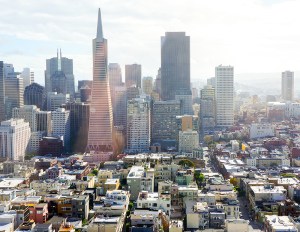
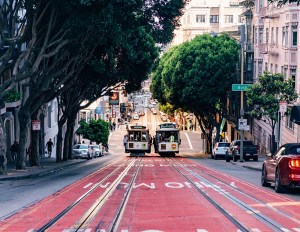
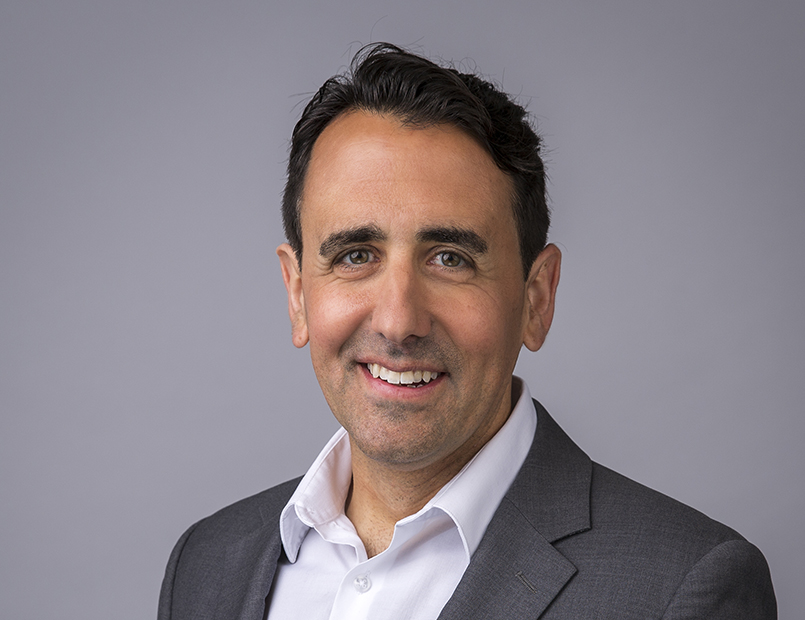
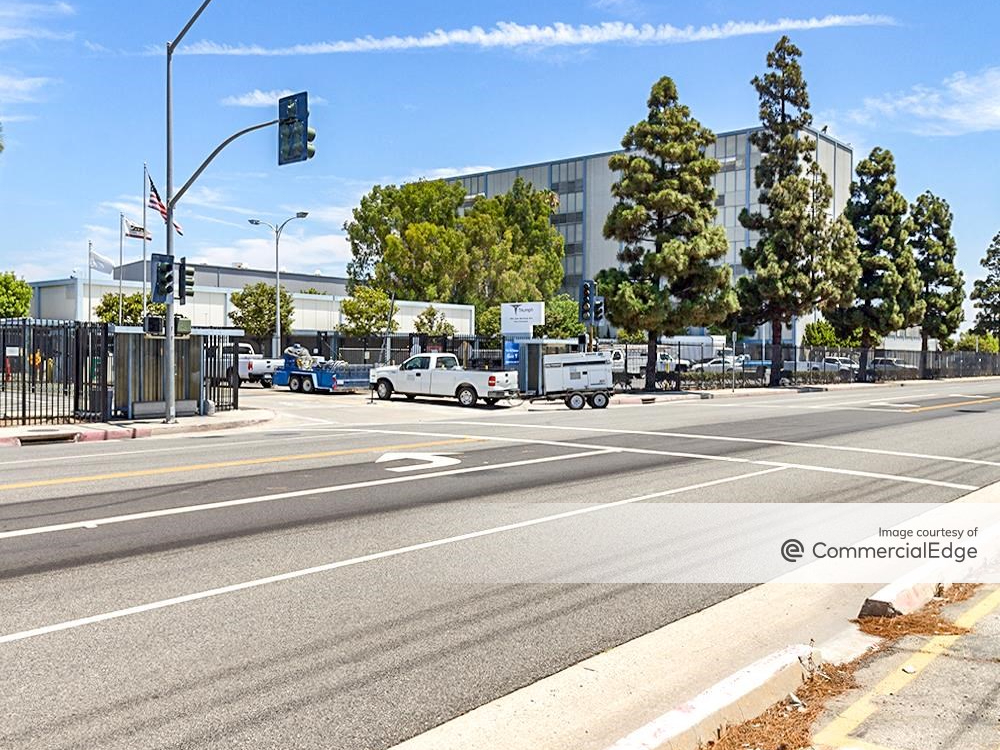
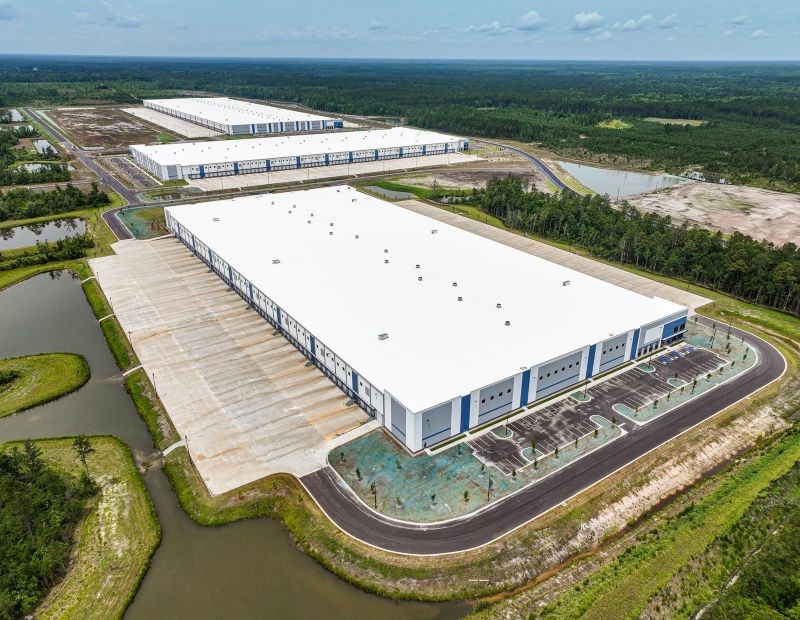
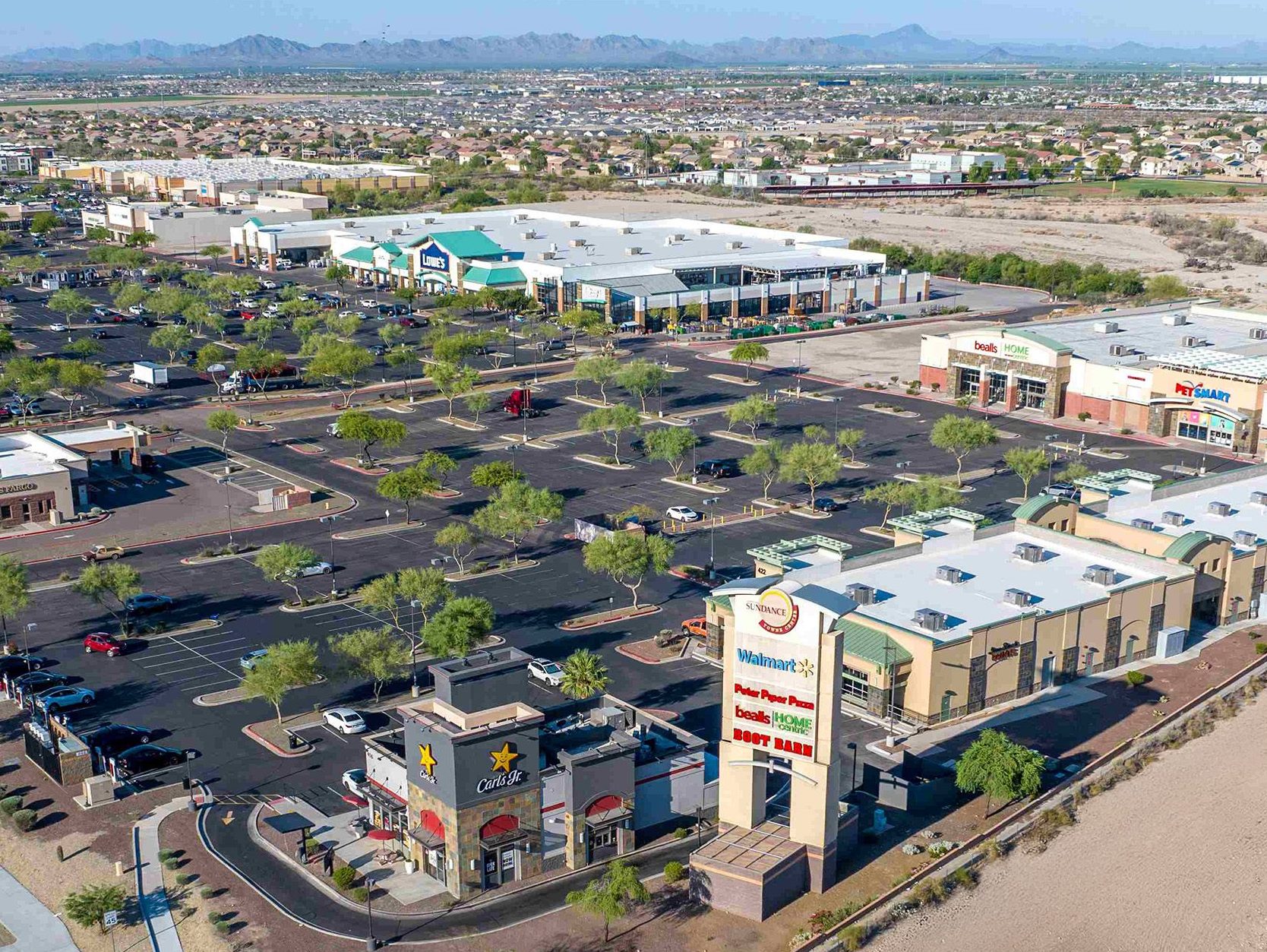
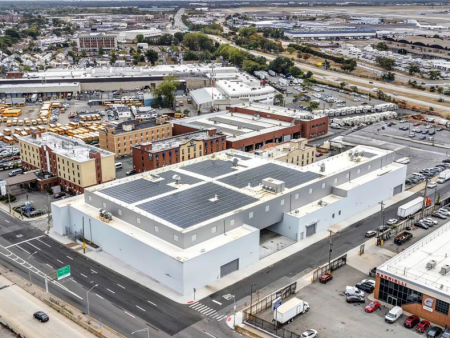
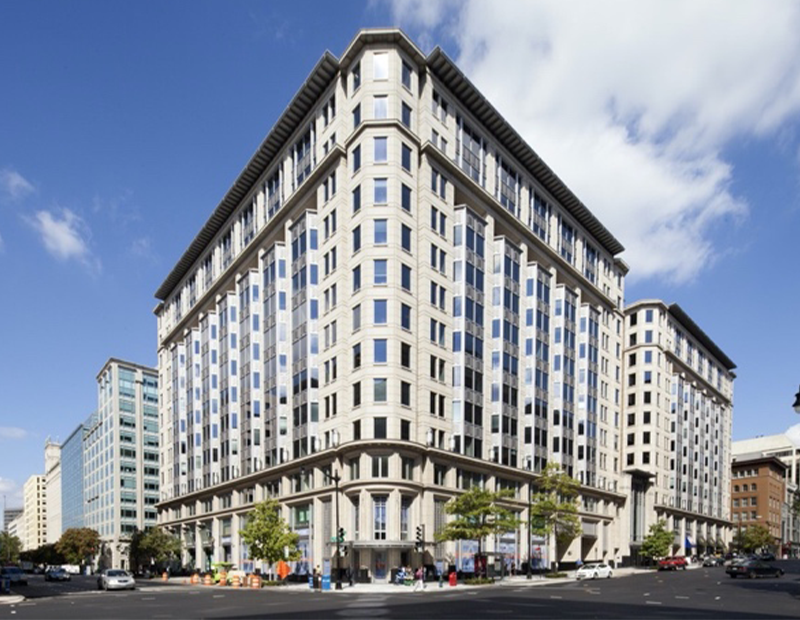
You must be logged in to post a comment.